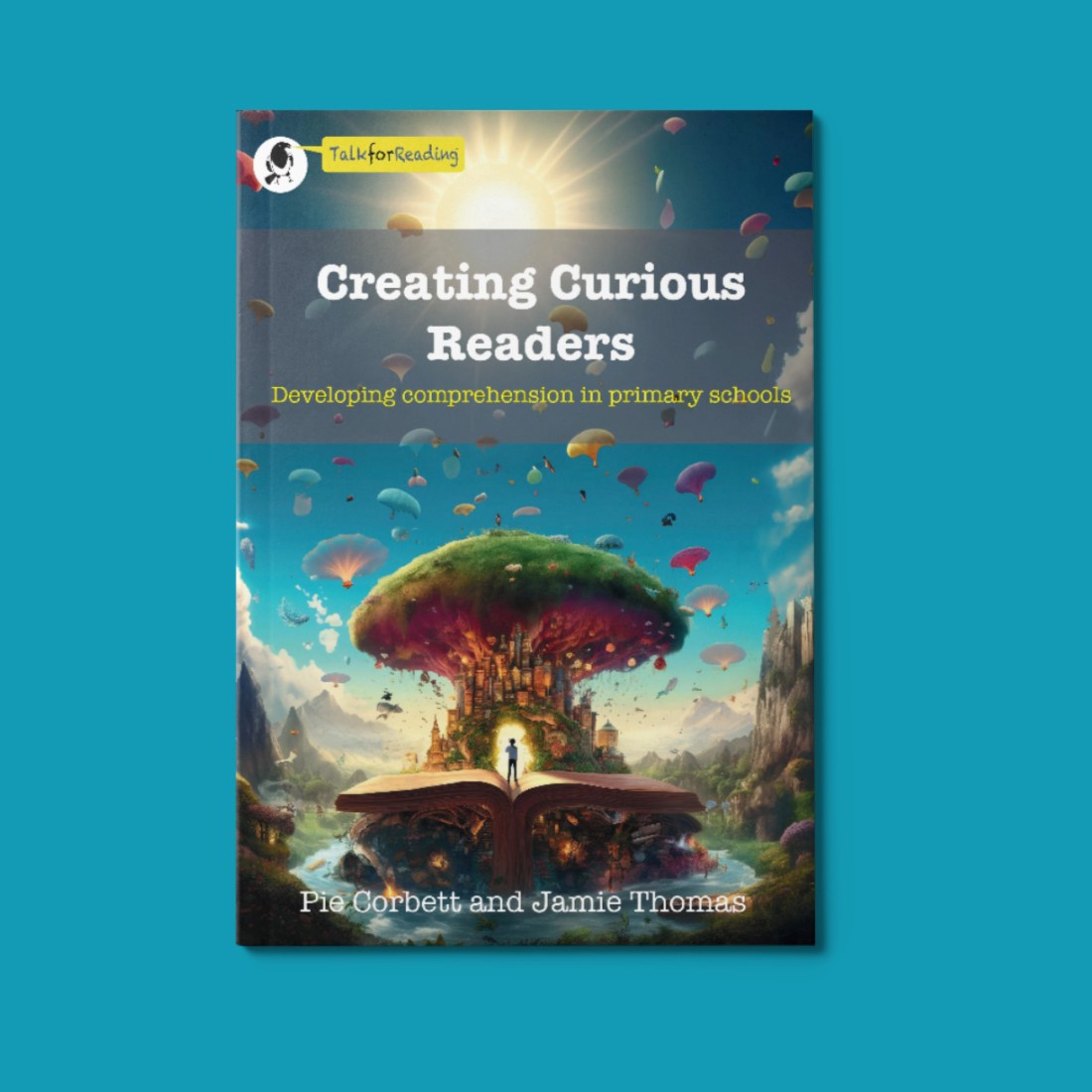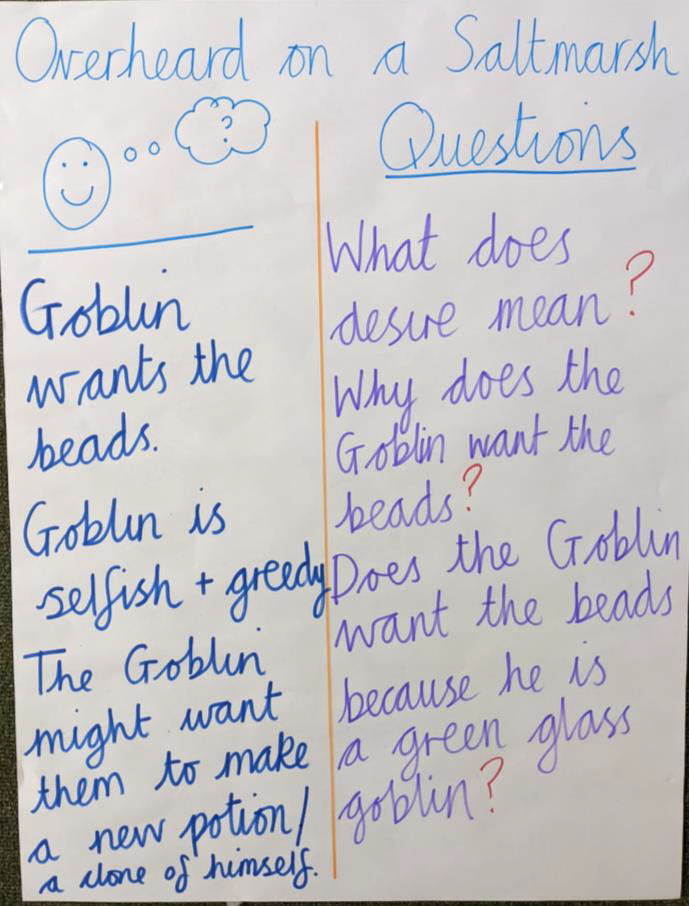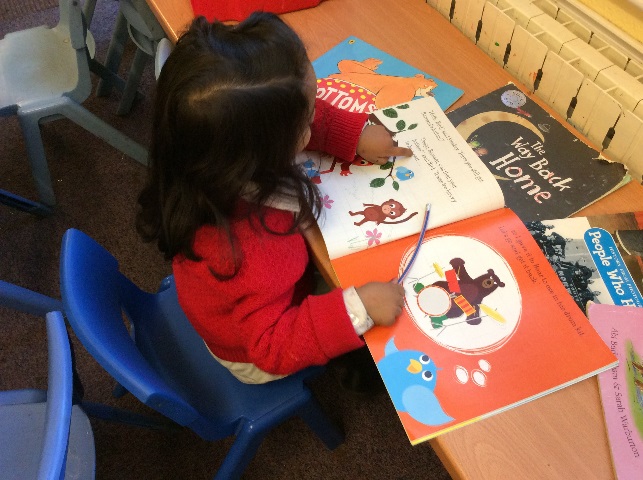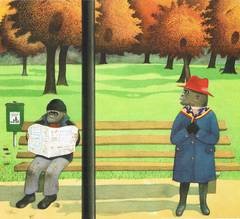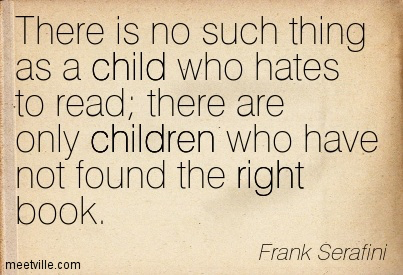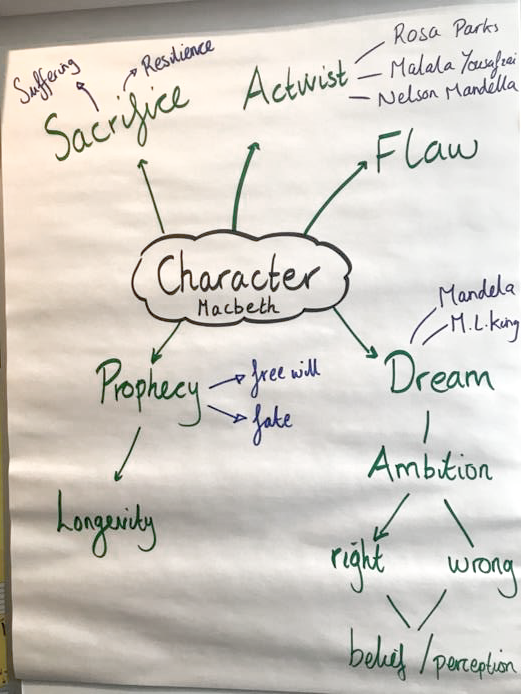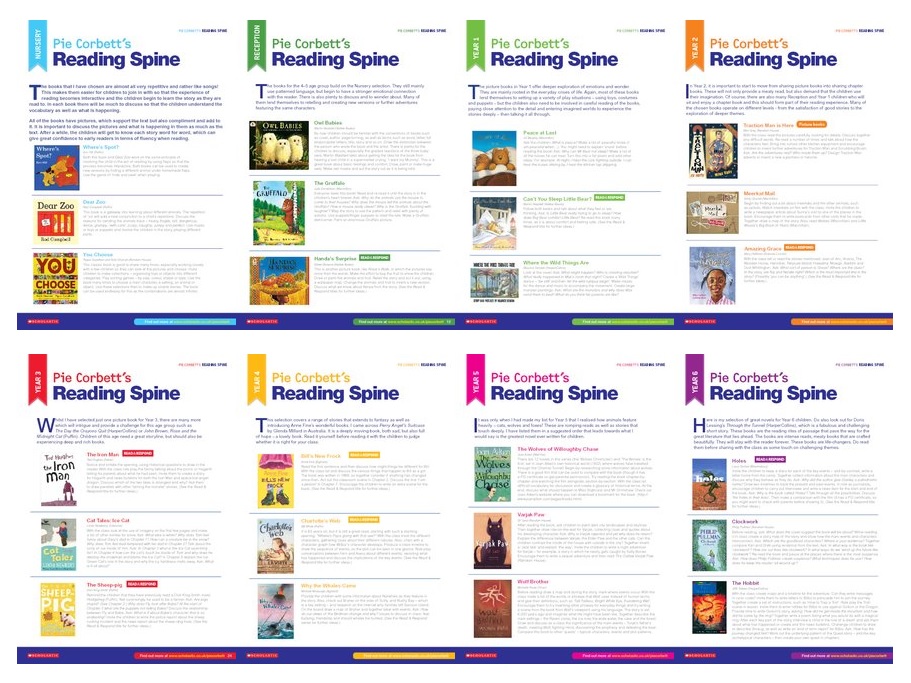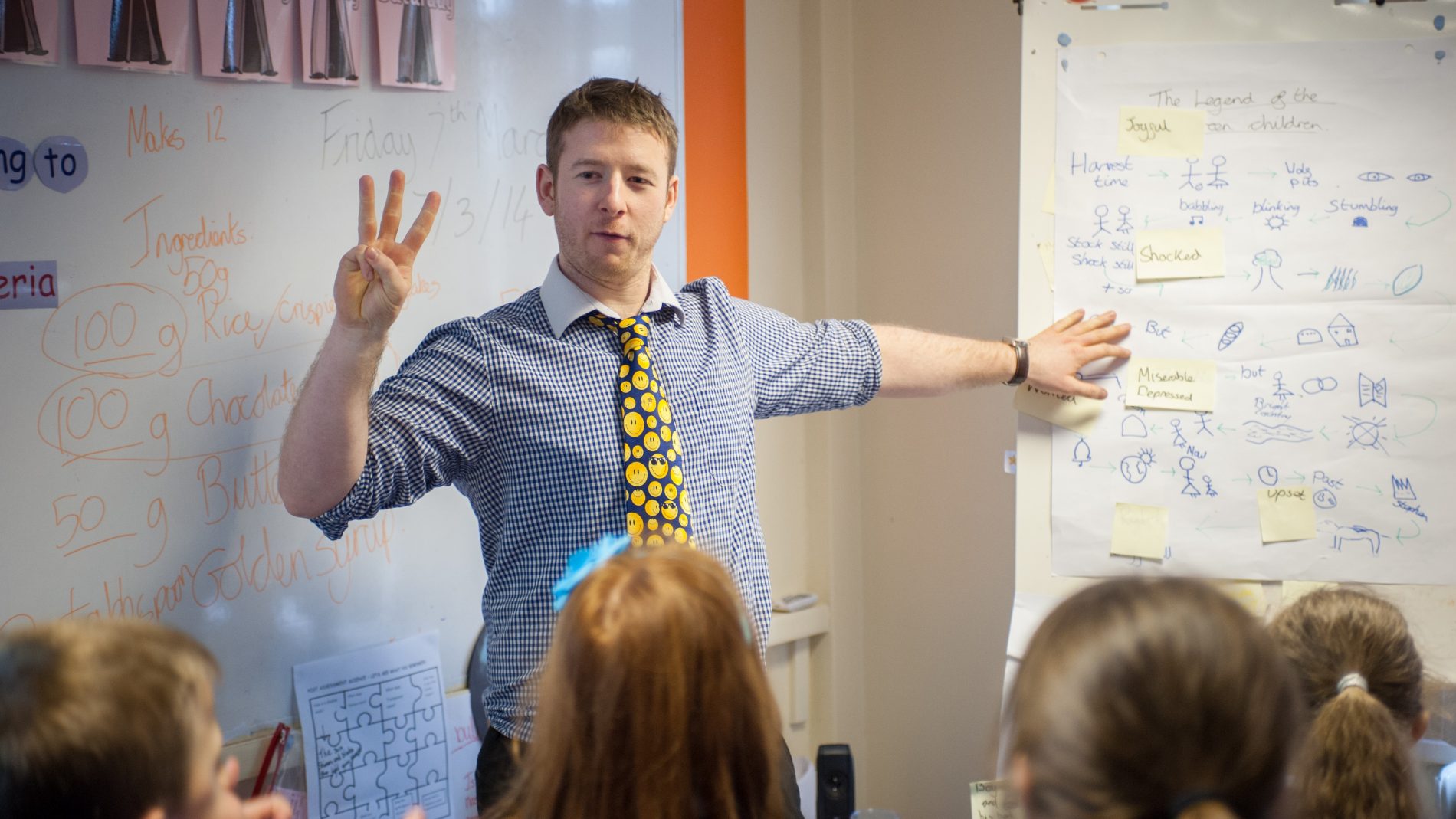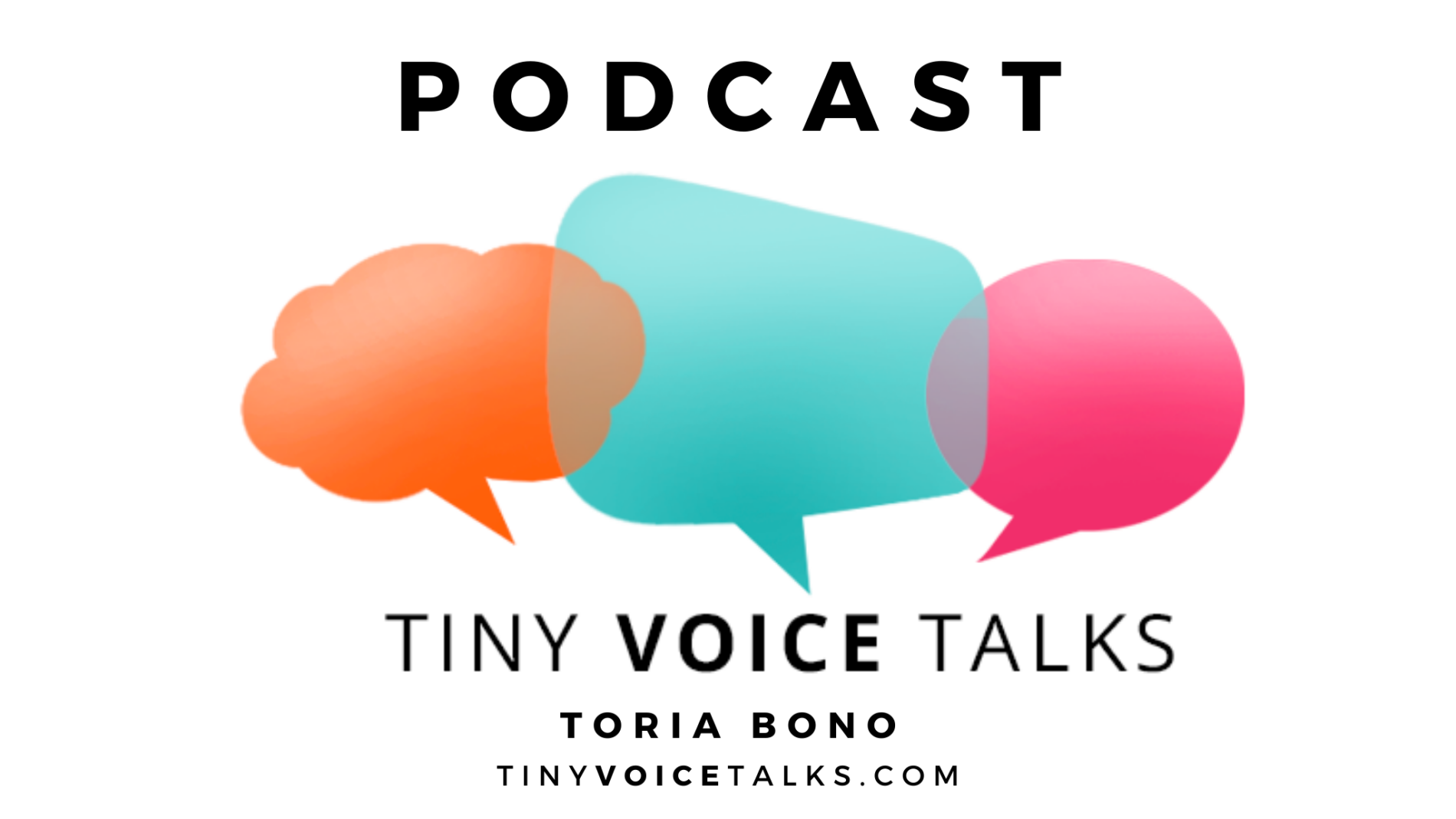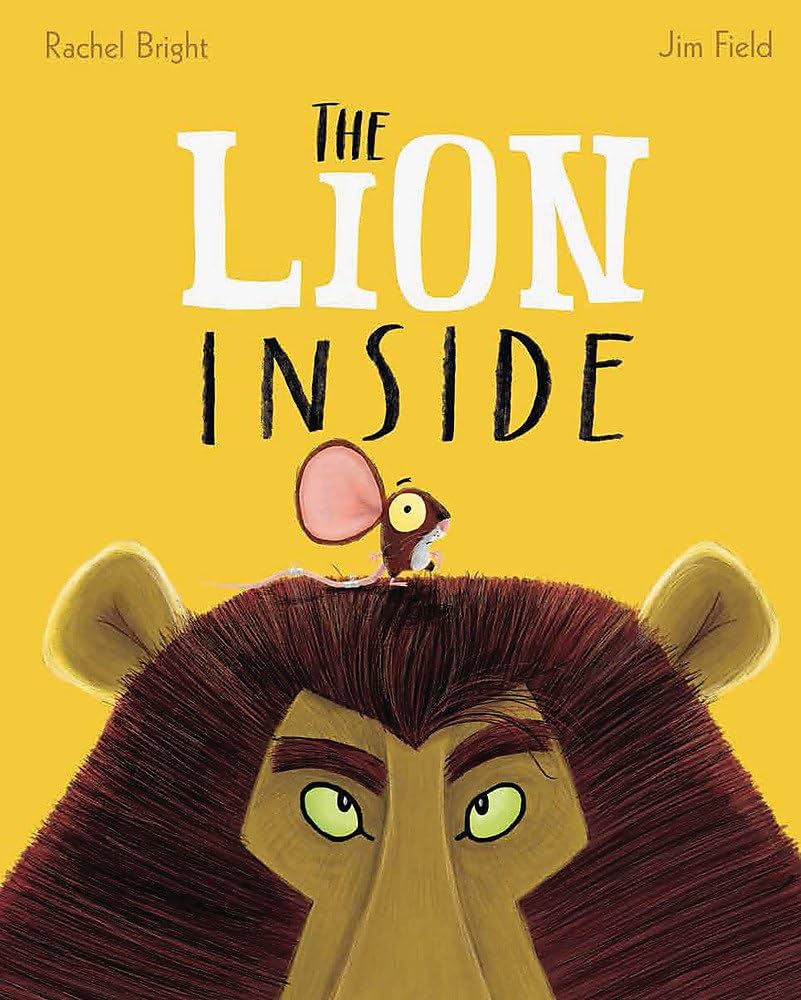Talk for Reading
Teaching reading effectively relies on integrating three important strands – Learning to Read, Learning to Comprehend and Reading Culture.
Talk for Reading focuses on developing the Learning to Comprehend strand.
It aims to develop children into efficient, effective, thoughtful and strategic readers who can learn about life, discover information and deepen their thinking through considering other people’s views and experiences with a critical mind.
The must-have book for anyone teaching reading comprehension in primary schools is Creating Curious Readers.
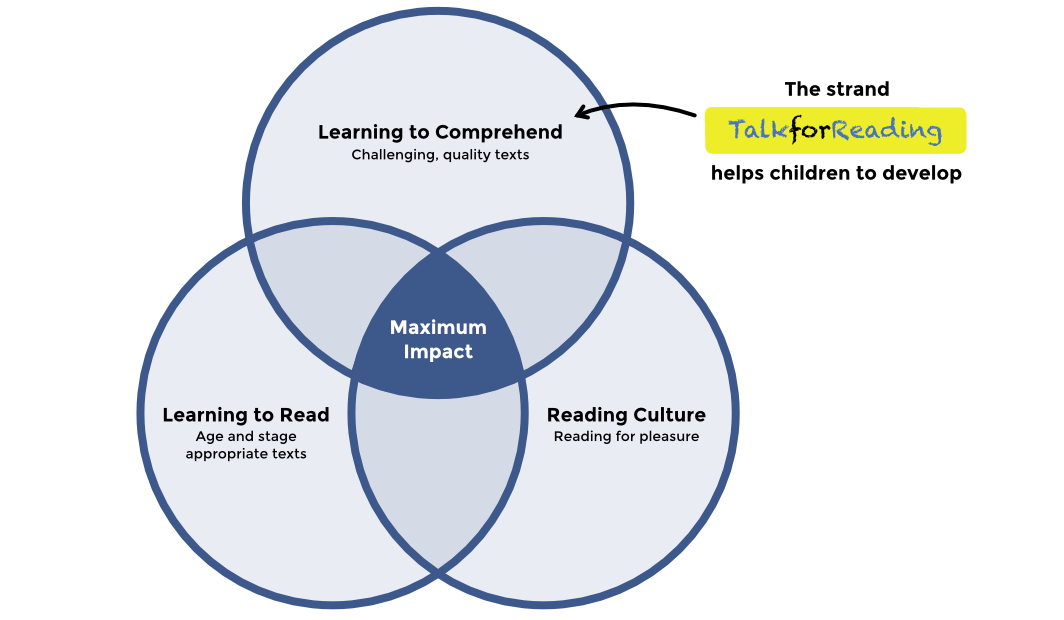
The approach of Talk for Reading, like Talk for Writing, uses the gradual-release-of-responsibility model, shifting children from dependence towards independence.
The three phases of Talk for Reading
Introduction phase
Achieve basic understanding
By the end of the introduction phase, the children have a basic understanding of the text and can read it. It has been reread several times, initial responses logged and core vocabulary considered. The teacher models fluent reading. Understanding may be at a basic level, though deeper thinking may have begun.
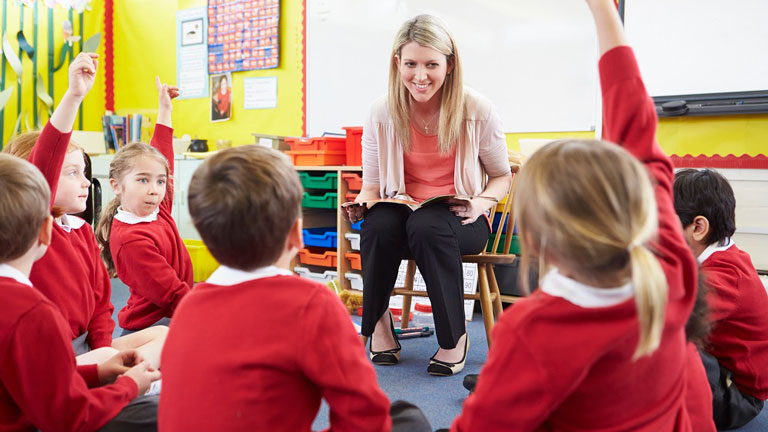
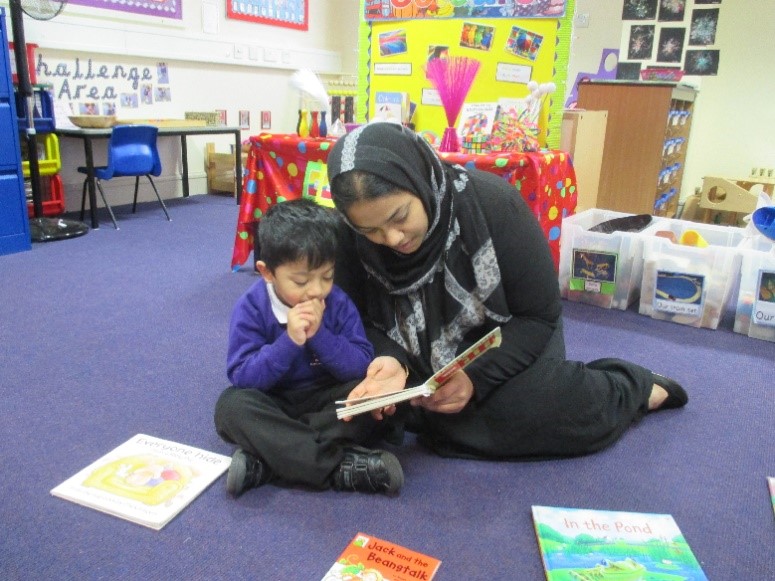
Investigation phase
Deepen understanding of comprehension
The investigation phase is where the class begin to ‘dig deep’ into the core focus for the unit, exploring the text’s core purpose. They may well have to use a strategic approach to clarify meaning.
Response activities such as drama or writing in role as a character may be used to build a close relationship between the reader and the text.
The unit ends with summarising the main ideas, information, viewpoints, events or themes and evaluation. By the end of this phase, the children can all read the text confidently and fluently with understanding.
Independent understanding phase
Independently demonstrate different levels of understanding
In this final phase, the students demonstrate understanding independently. This may be through writing about the text, in a discursive essay style, writing something similar (drawing on the same style and structure) or by answering in depth questions and/or completing a comprehension activity.
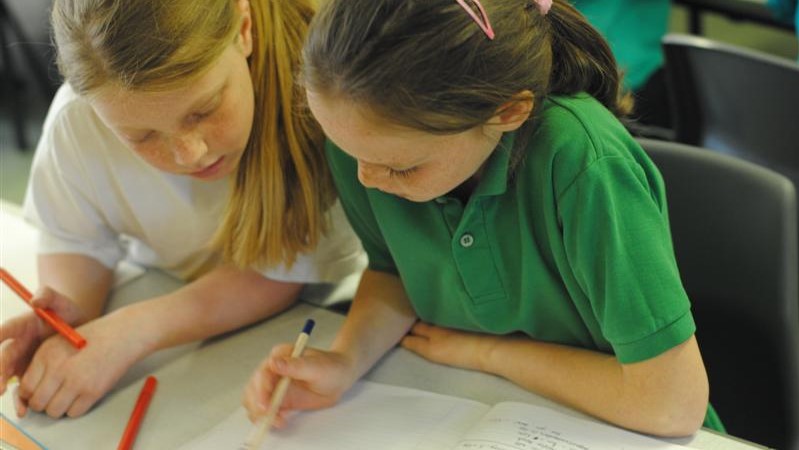
Talk for Reading is not about teaching ‘exam/test reading’, isolated ‘skills’ or ‘strategies’. It is about developing children’s ability to read strategically in order to gain the core purpose from a challenging, quality text.
Our focus is on the active engagement of the reader during reading so that links can be made, connections developed and refined in the light of new information, gradually building and shaping a mental model of the text.
Learn more about Talk for Reading
If you're interested to learn more about Talk for Reading and how you can use it to effectively teach reading, the book you need is Creating Curious Readers.
Free Talk for Reading Resources
A collection of resources to use in your Talk for Reading teaching.



